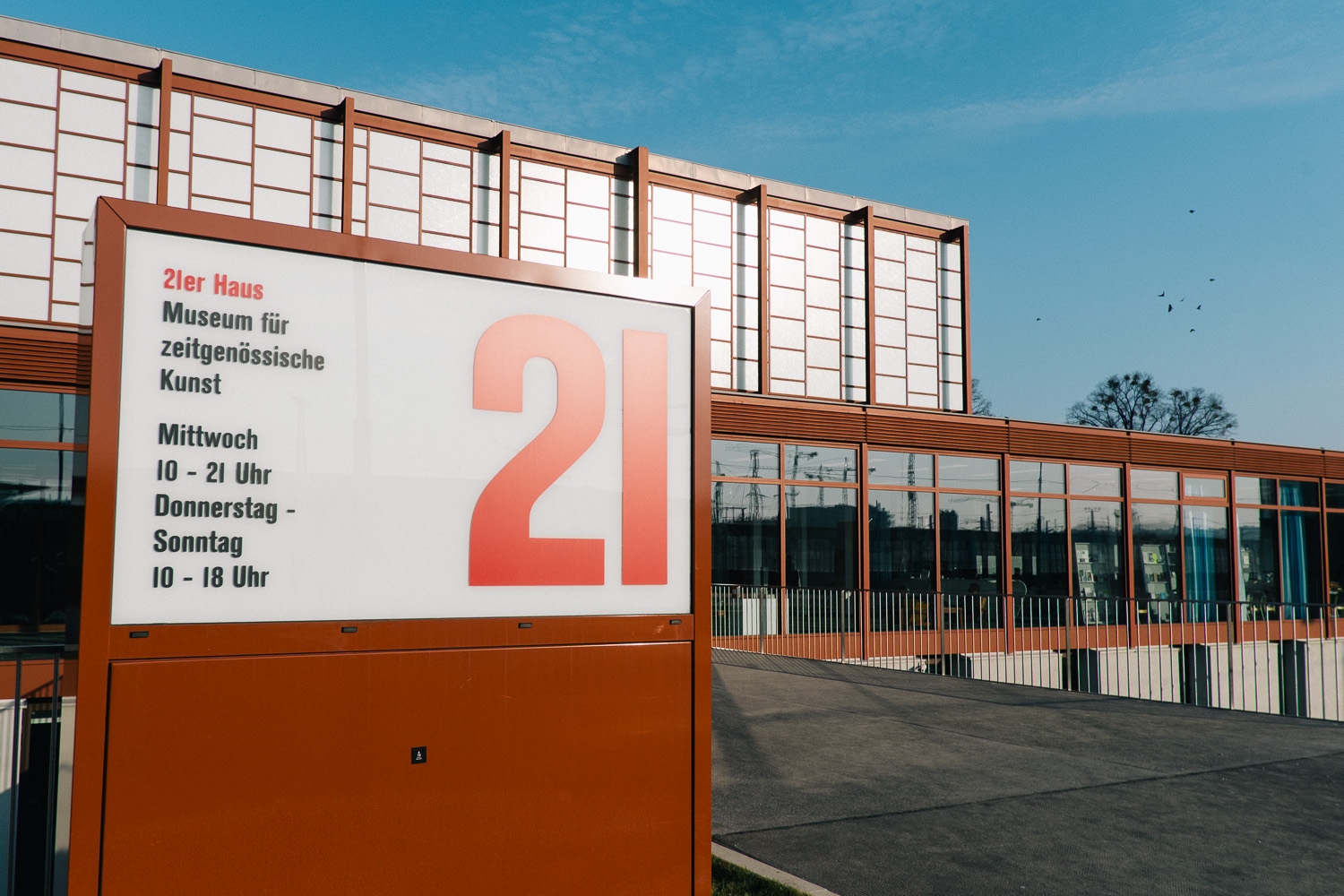 FUJIFILM X-Pro1 (18mm, f/4, 1/2500 sec, ISO200)
FUJIFILM X-Pro1 (18mm, f/4, 1/2500 sec, ISO200)
You can’t argue about taste. The same is true with colors. They are a very personal thing. Anyway as Fuji is known for having the best colors, there is no way to argue about that ;-), I thought I compare it with VSCOs film presets for Lightroom 4.
A long time ago I shot slides. My favorite film was the Fujichrome Velvia 50. For the younger readers: 50 stands for 50 ASA or ISO 50 but everybody knows that the Velvia needs to be processed like 40ASA to work best. That’s 2 stops slower than todays base ISO or 7 stops slower than what seems necessary today to get a decent shot of your cat.
A slide film is a film that creates a positive picture instead of a negative. If your exposure was 1 stop off you had to trow the picture away. If there was artificial light the picture was yellow, if there was shade the picture was blue. So much about Auto white balance. And the Velvia was very contrasty. Deep, deep blacks with no details in it and no way to recover them. The ongoing discussion of Canon sensors today being inferior because if you pump shadows by 3 stops or more there is some noise. Crazy!
Sorry, back to the topic. Because I loved Velvia I used this setting first. Why did I shoot JPEG at all? Call it the power of the internet. Because there is so much discussion about the lack of RAW support for the Fuji X-Trans sensor I thought I change to RAW + Fine to be on the save side. What I found out is:
- 1. out of camera JPEGS of the Fuji X-Pro 1 are truly impressive
- 2. I still prefer RAW.
And here is why. Because I can change everything after I took the shot. I loved Velvia but of course it’s no portrait film. I had only one camera and taking out a film half way and insert another one was a painstaking process. I would have killed for the possibility to push a knob, go into a menu and change the film for very single exposure. So I took a lot of portraits with Velvia. But today it’s even better. Shoot RAW and decide later which film fits best for your subject.
As the intro was far too long ( as usually ) here is the first shot again:
first version is RAW, LR and VSCO the second is the Fuji JPEG Velvia setting:
 FUJIFILM X-Pro1 (18mm, f/4, 1/2500 sec, ISO200)
FUJIFILM X-Pro1 (18mm, f/4, 1/2500 sec, ISO200)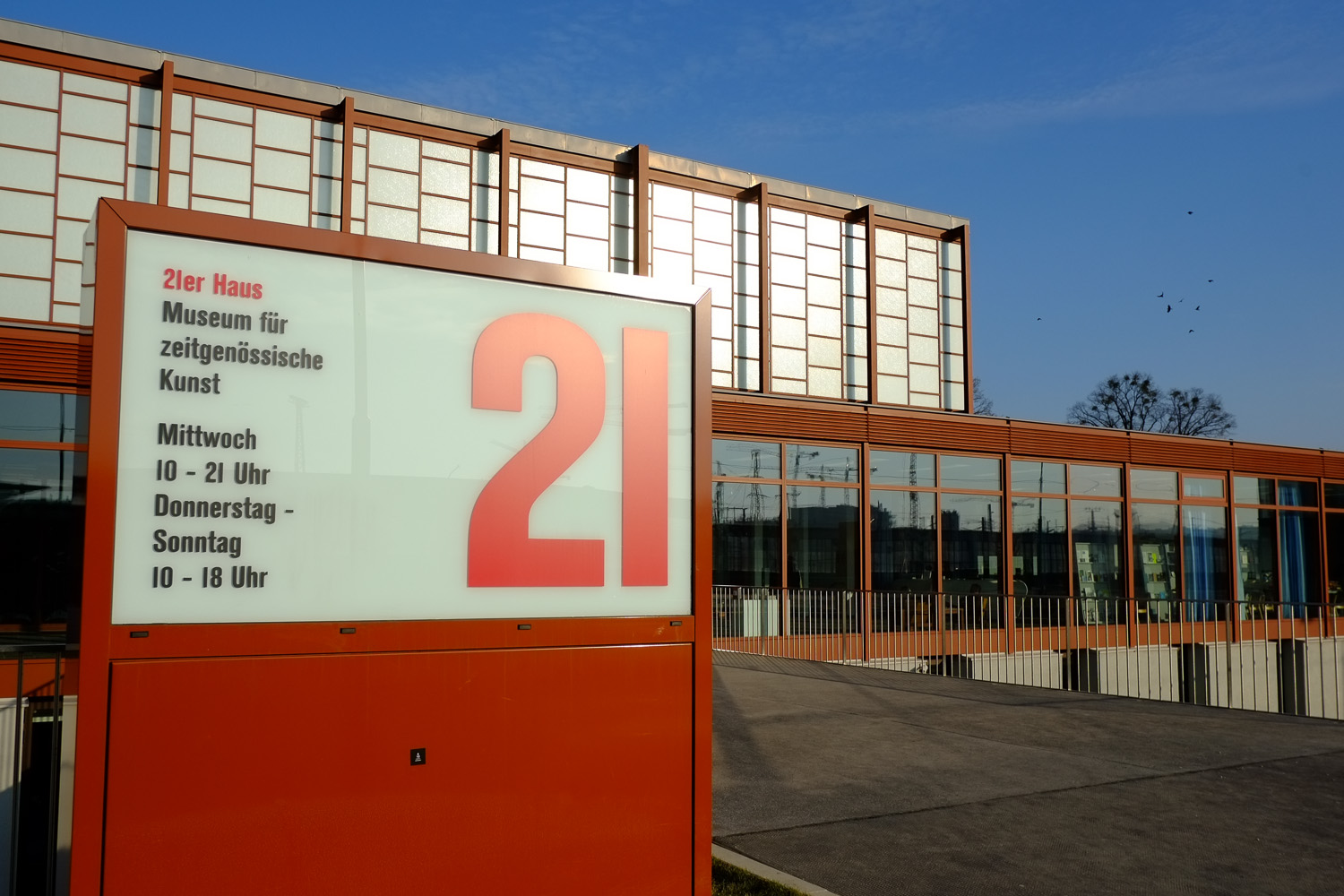 FUJIFILM X-Pro1 (18mm, f/4, 1/2500 sec, ISO200)
FUJIFILM X-Pro1 (18mm, f/4, 1/2500 sec, ISO200)
It’s obvious that the colors are warmer in the JPEG as well a the sky is darker and of course the yellow green glass of the building that appeared white in the processed RAW shot. But the most striking difference is that the metal box in front is almost red in the Velvia shot. It’s brown in real life.
Here is the RAW without any post processing: ( this is very close of what you get if you choose the Provia setting ).
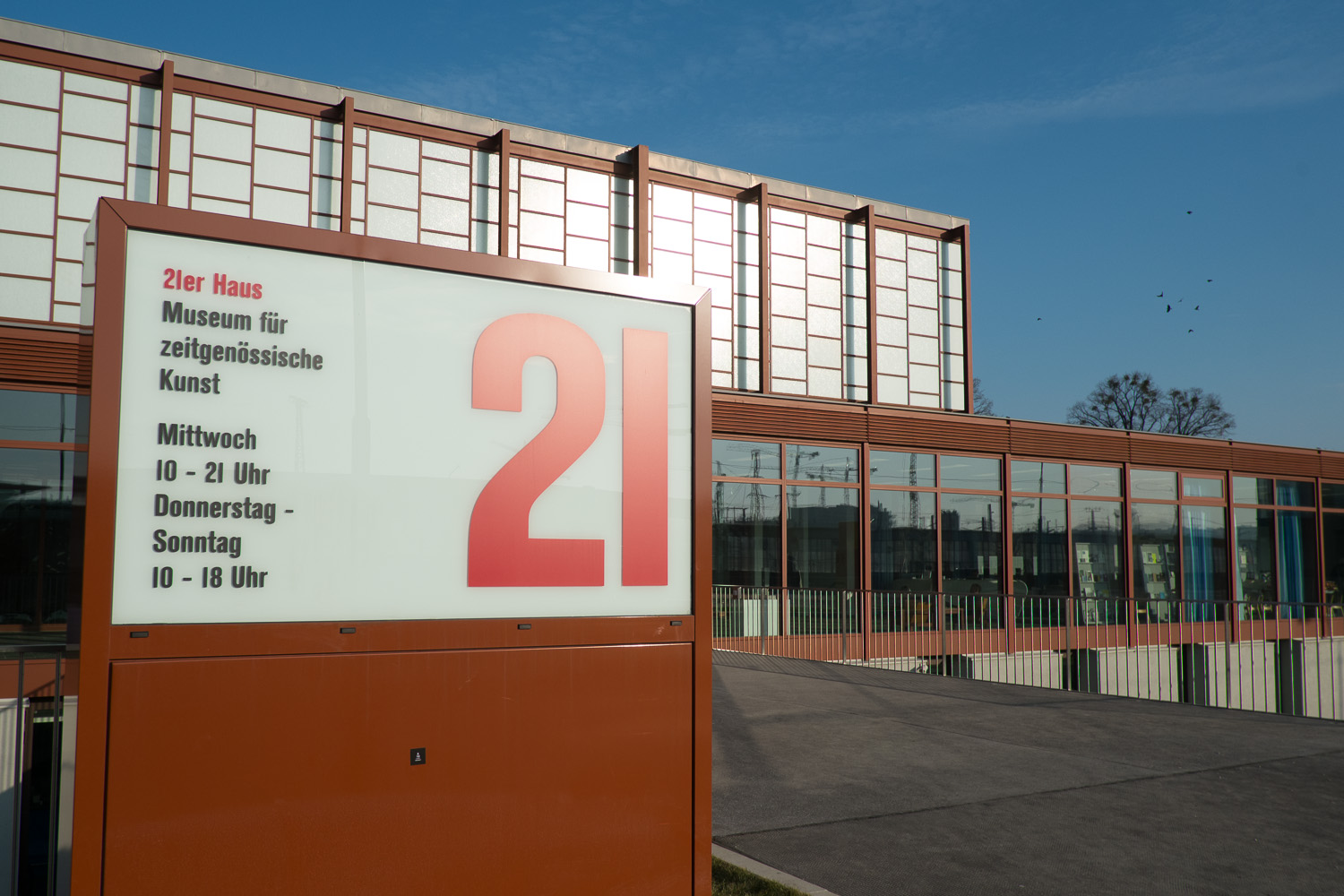 FUJIFILM X-Pro1 (18mm, f/4, 1/2500 sec, ISO200)
FUJIFILM X-Pro1 (18mm, f/4, 1/2500 sec, ISO200)
And here is the RAW conversion using VSCO Portra 160 NC ( neutral color ) instead of VC vivid color. Kodak Portra 160 NC is usually on of my favorite film emulations but for the other sample images I will stick to VC because it is closer to Velvia.
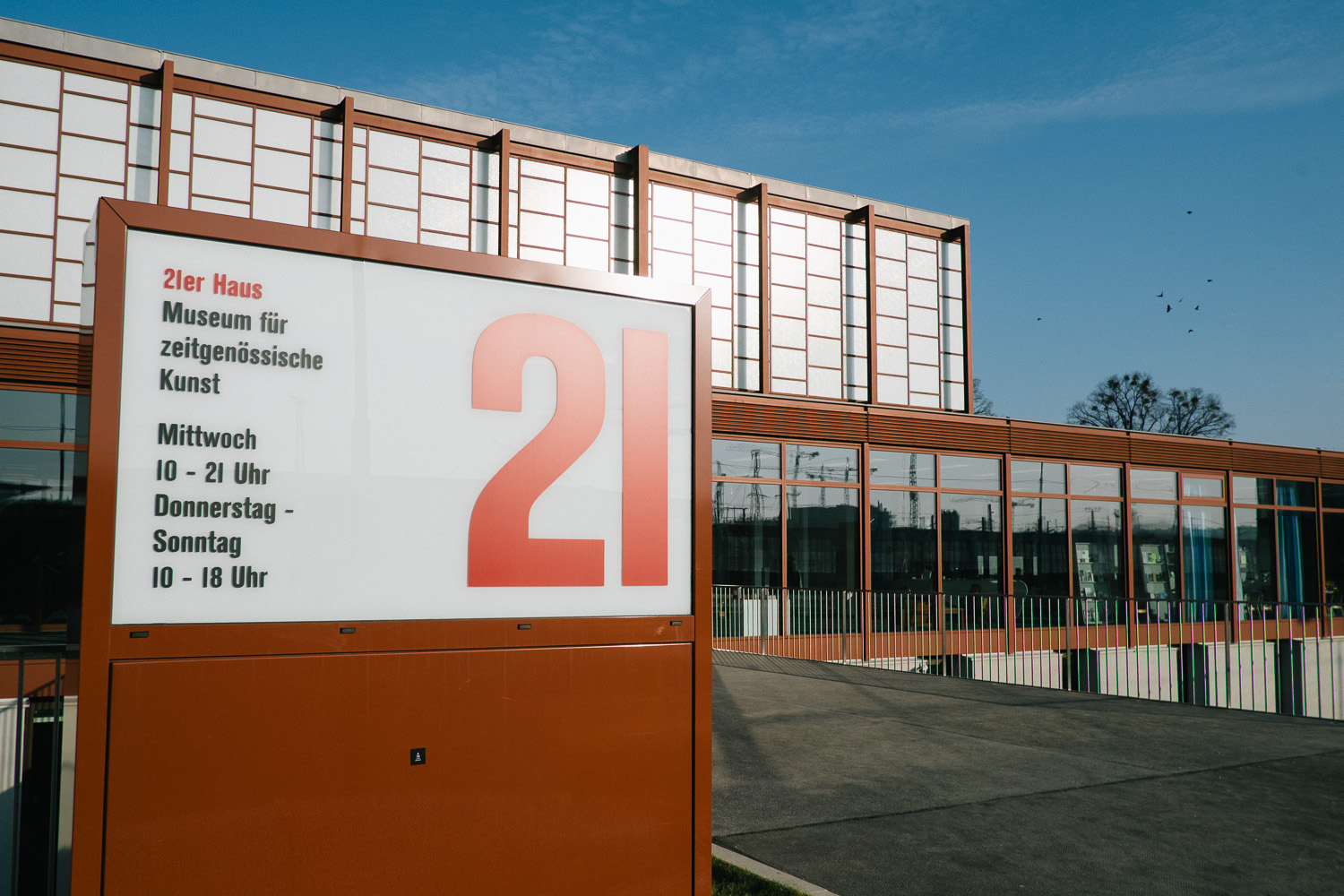 FUJIFILM X-Pro1 (18mm, f/4, 1/2500 sec, ISO200)
FUJIFILM X-Pro1 (18mm, f/4, 1/2500 sec, ISO200)
RAW + Kodak Portra 160 VC first, Velvia JPEG second FUJIFILM X-Pro1 (18mm, f/2, 1/50 sec, ISO200)
FUJIFILM X-Pro1 (18mm, f/2, 1/50 sec, ISO200)
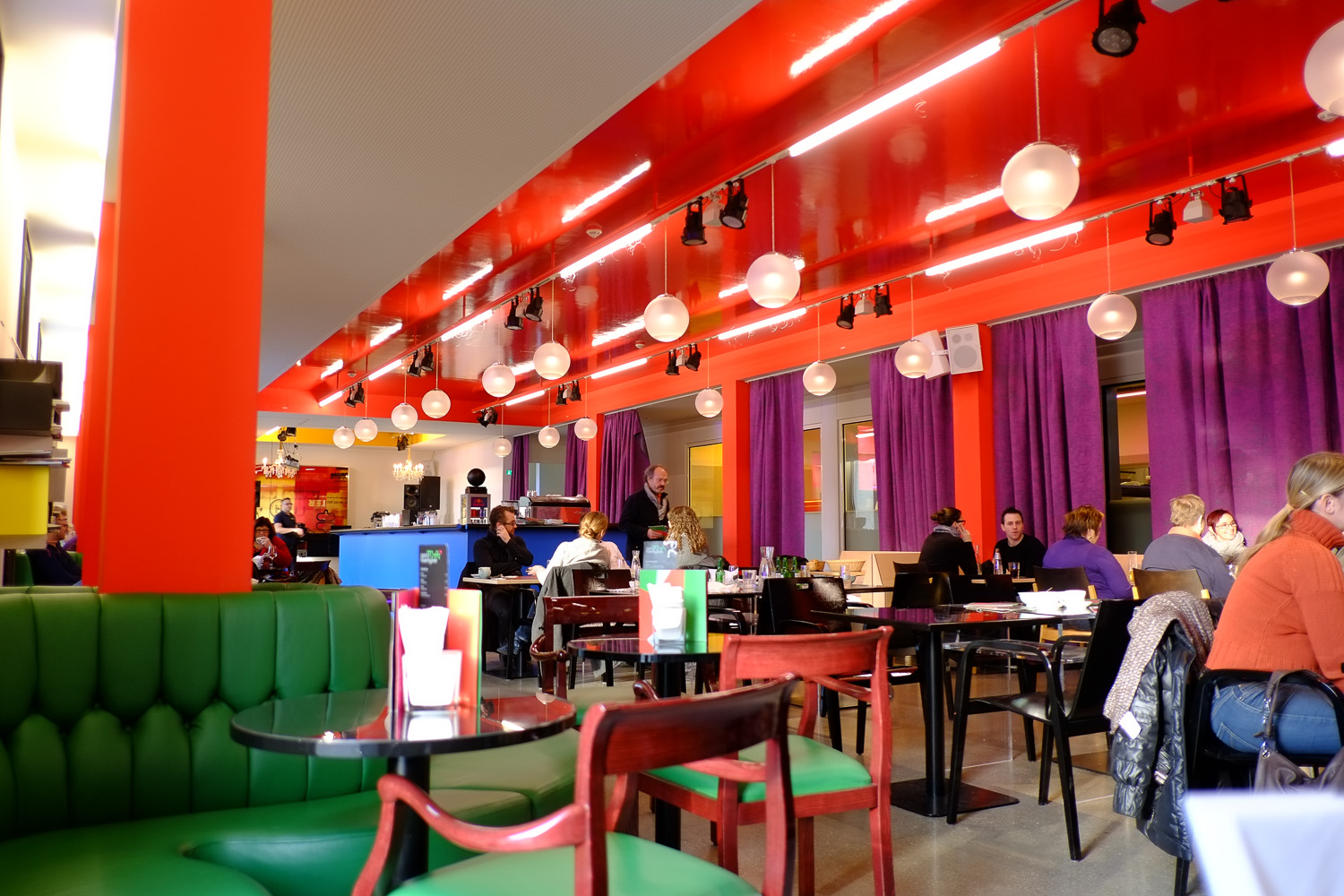 FUJIFILM X-Pro1 (18mm, f/2, 1/50 sec, ISO200)
FUJIFILM X-Pro1 (18mm, f/2, 1/50 sec, ISO200)
Too much saturation for my liking in the Velvia image. But the next one is even more dramatic. The shoe is white in real life but most obvious is that the Velvia setting has gone mad on the show lace. This is an extreme example but I have collected a couple of them so far. I really loved Velvia film and I think that the Velvia setting can give impressive results but only if the subject is suitable.
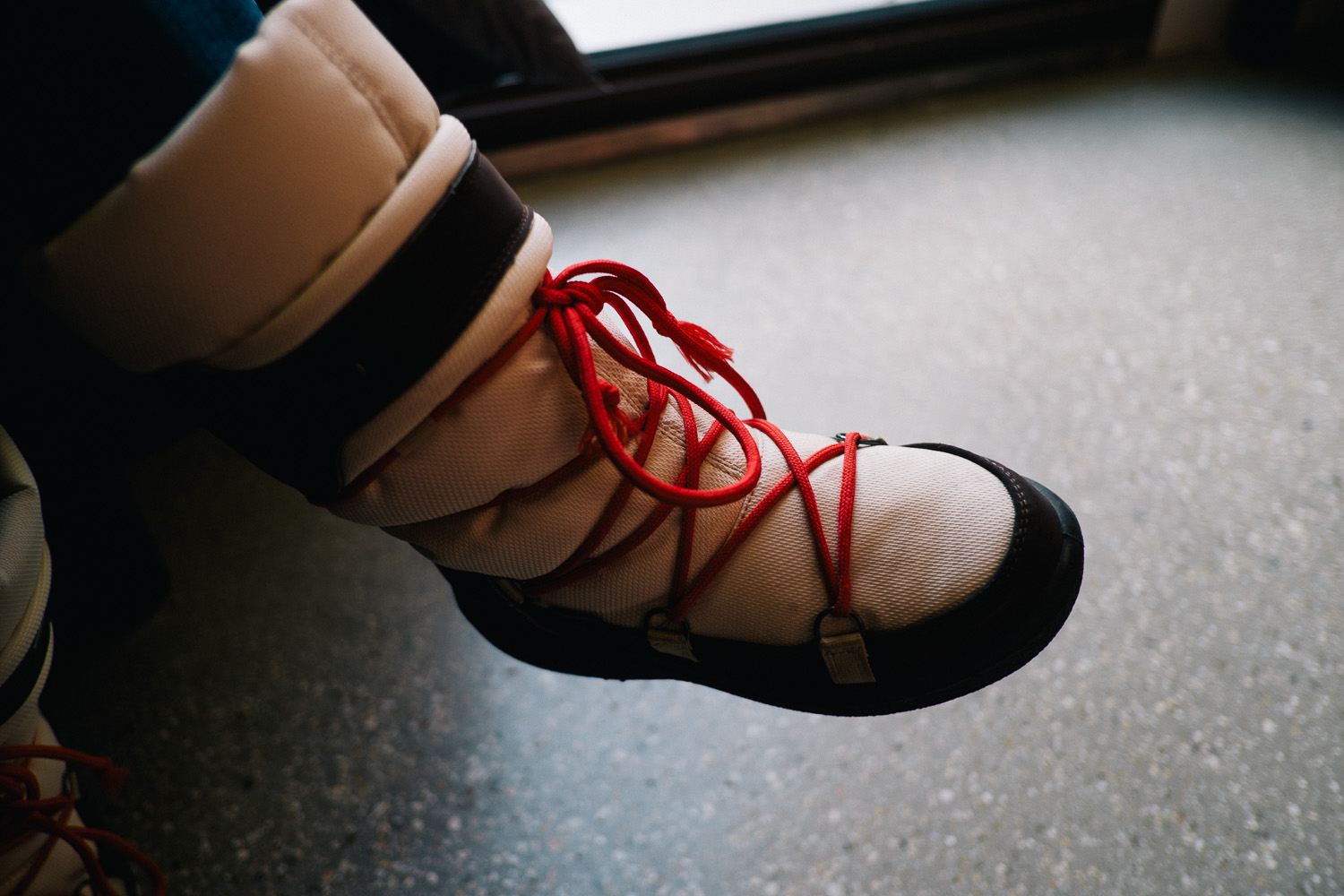 FUJIFILM X-Pro1 (18mm, f/2, 1/170 sec, ISO200)
FUJIFILM X-Pro1 (18mm, f/2, 1/170 sec, ISO200)
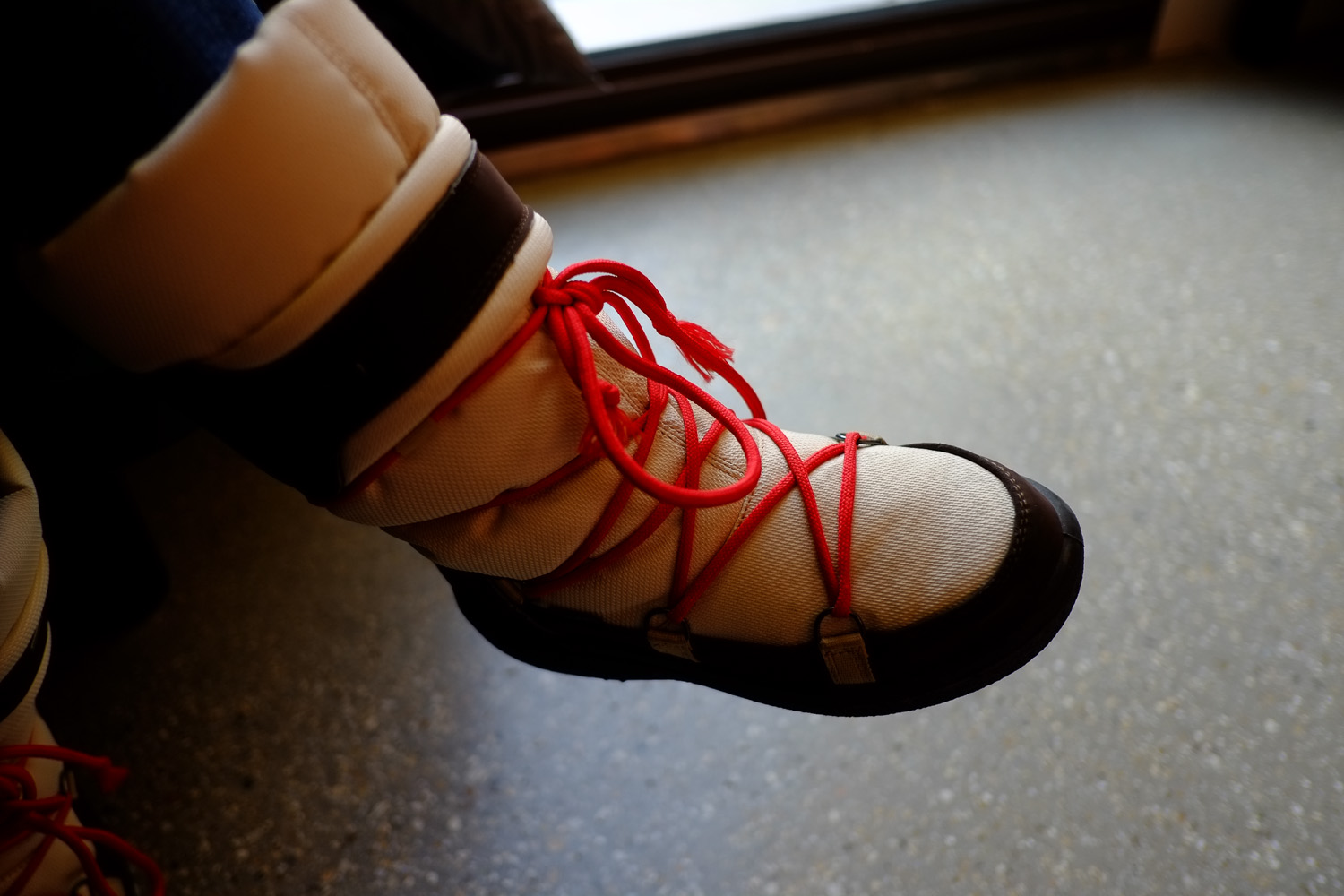 FUJIFILM X-Pro1 (18mm, f/2, 1/170 sec, ISO200)
FUJIFILM X-Pro1 (18mm, f/2, 1/170 sec, ISO200)
The last two pictures are a good example. The Velvia setting gives more detail in the sky and an overall warmer image. This was shot at late afternoon so I think the warmer tones are more accurate to real life.
And now the top tip for RAW shooters: At the moment there are no lens correction profiles for the Fuji X but there is mild distortion in the images taken with the 18mm. Solution: I selected the X100 lens correction profile. Yes I know completely different lens but I think it works. You can easily see it in the first sample image.
And for those who don’t want to use RAW. The Fuji X are the cameras you need to get! Their JPEGs are fantastic. Use Velvia for landscapes or flat light and the Provia or even Astia setting for portrait. There is also the possibility to shoot RAW and transfer into JPEG in camera. Shooting JPEG never was easier before. The colors are just beautiful and the auto white balance is clearly a step ahead of Canon, Nikon or Sony.
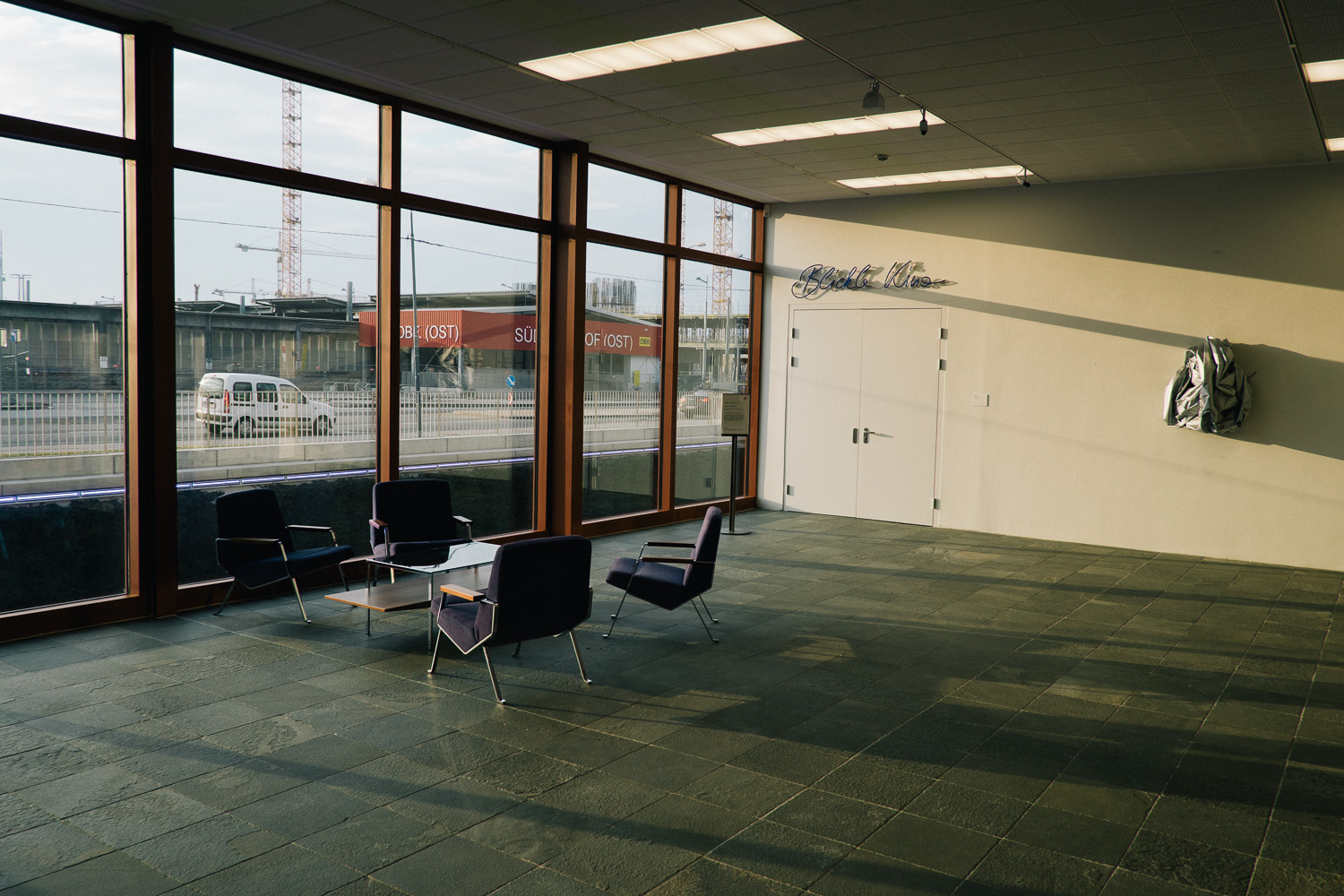 FUJIFILM X-Pro1 (18mm, f/5, 1/200 sec, ISO200)
FUJIFILM X-Pro1 (18mm, f/5, 1/200 sec, ISO200)
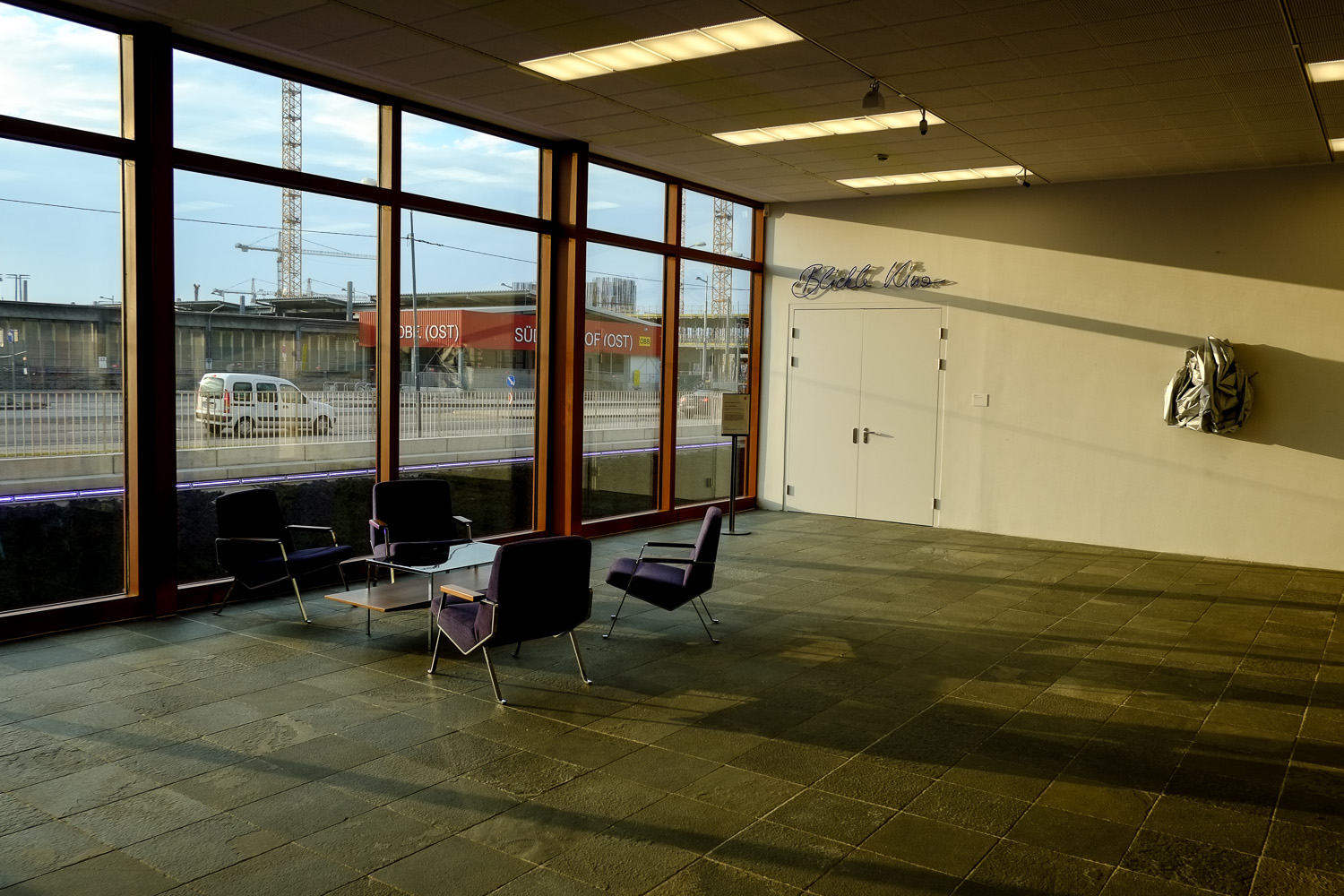 FUJIFILM X-Pro1 (18mm, f/5, 1/200 sec, ISO200)
FUJIFILM X-Pro1 (18mm, f/5, 1/200 sec, ISO200)
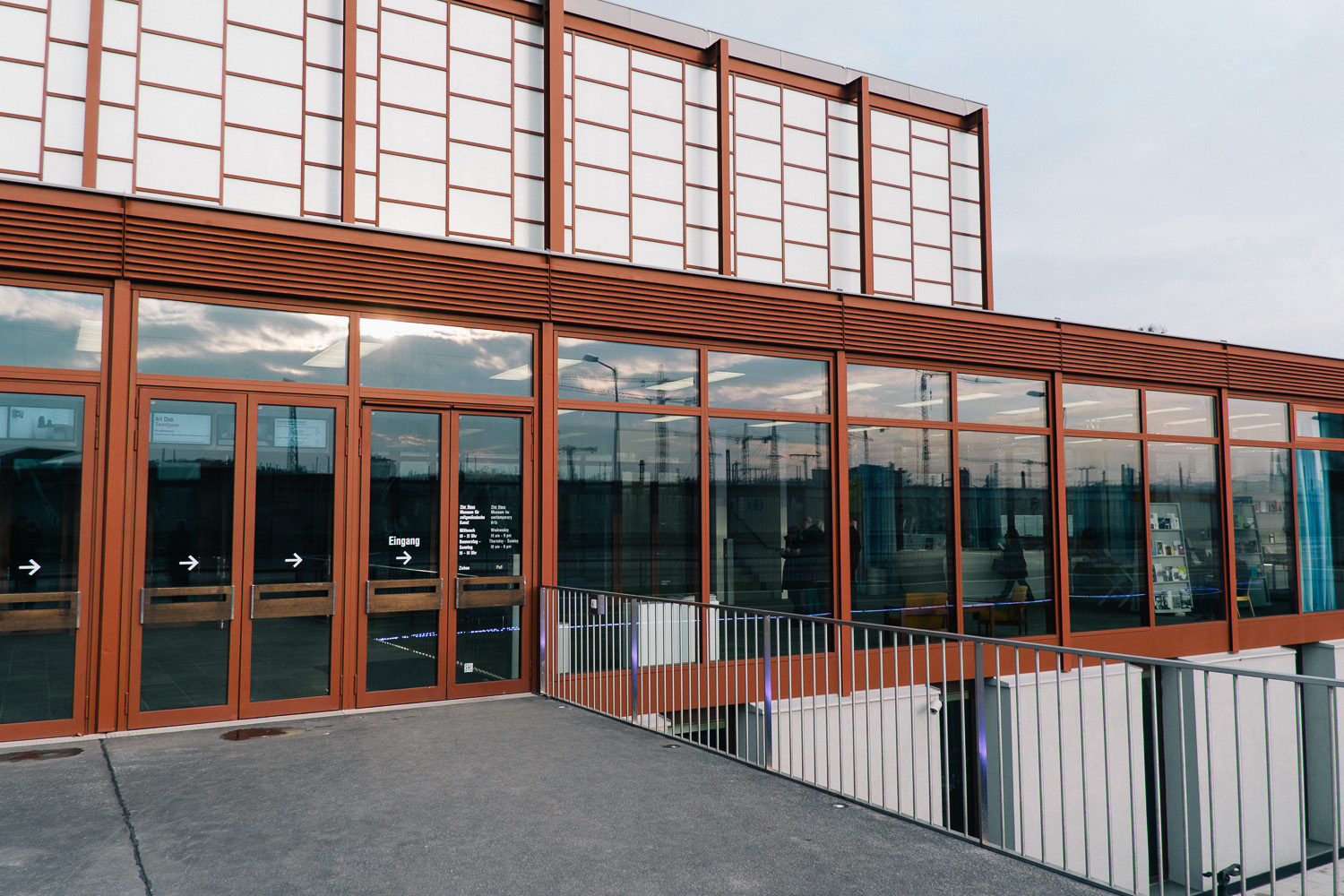 FUJIFILM X-Pro1 (18mm, f/5.6, 1/200 sec, ISO200)
FUJIFILM X-Pro1 (18mm, f/5.6, 1/200 sec, ISO200)
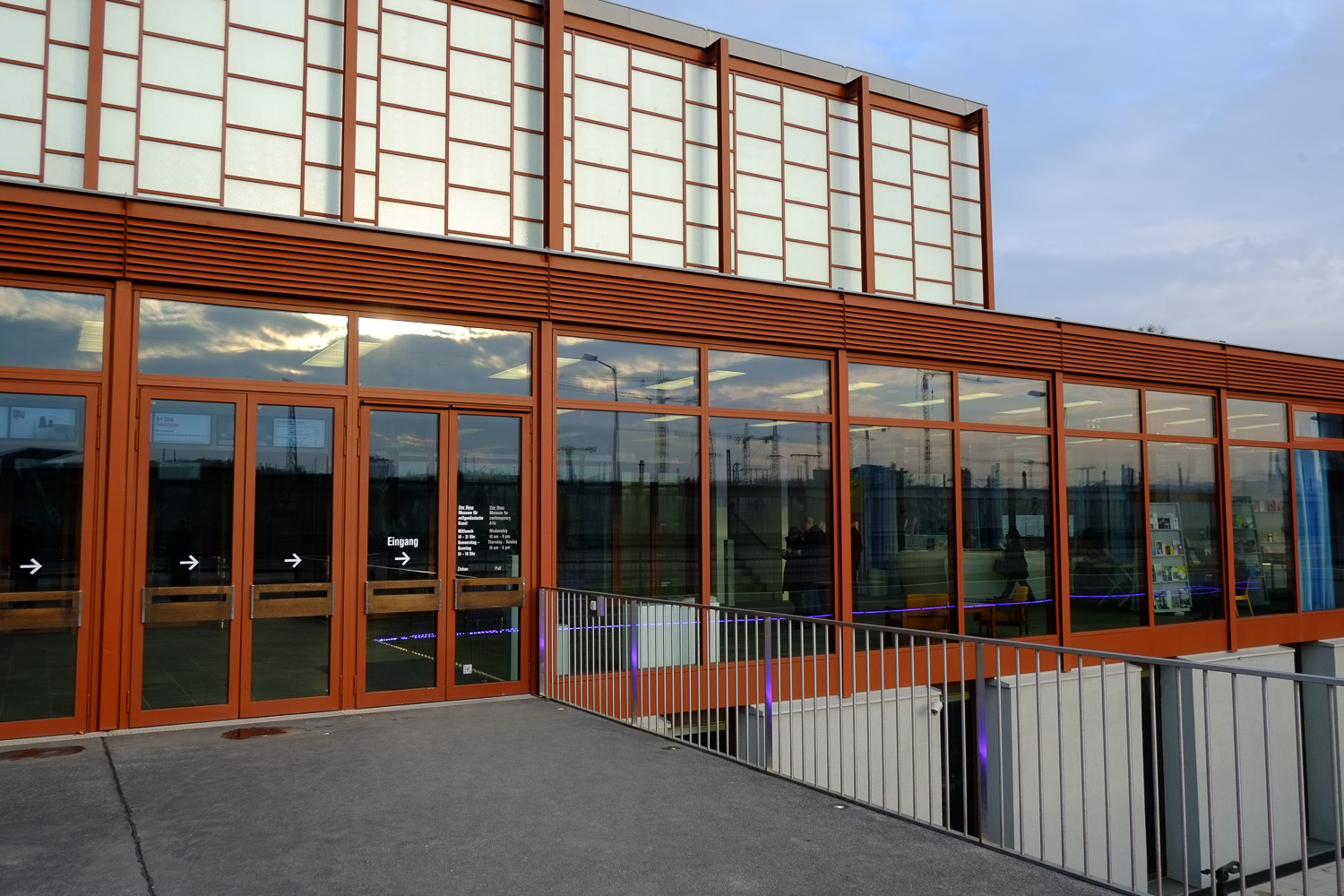 FUJIFILM X-Pro1 (18mm, f/5.6, 1/200 sec, ISO200)
FUJIFILM X-Pro1 (18mm, f/5.6, 1/200 sec, ISO200)
